Mother of all gardens
By Mike Peters ( China Daily ) Updated: 2014-07-06 07:03:49
| Cultivating interest |
| Tourists view Chinese roses in Beijing Botanical Garden |
Today, Lan Su is a showcase for magnolias, cymbidiums, camellias, osmanthuses, rhododendrons, bamboos and many other specimens with Chinese roots. Many have a long history in traditional Chinese gardens, while others reflect more recent forays into China's hinterlands to collect species in the wild.
One of China's leading botanists remembers when such botanical exchanges simply didn't happen - from the stressful period from the country's civil war until after the "cultural revolution" (1966-76).
"By that time, China's scientists were very isolated," says He Shan'an, the retired director of the Nanjing Botanical Garden.
A rich period of plant hunting had carried Western naturalists around the globe from the 17th through 19th centuries - epitomized by romantic figures like Charles Darwin and Alexander von Humboldt.
After Deng Xiaoping began China's opening-up in the late 20th century, that old interest rekindled quickly.
The metasequoia is a great example of why scientists like Raven are so keen on China.
"Forty million years ago, it was the commonest forest tree in western North America. Now it's completely wiped out there," Raven says.
"But it has survived. There are about 6,000 individuals in China."
|
|
|
|
|
|
|
|
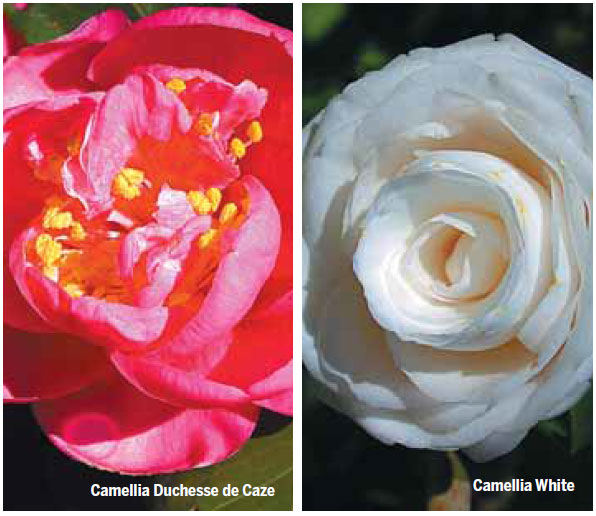
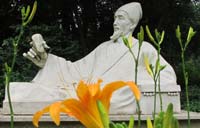
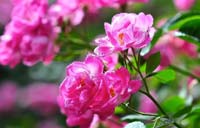
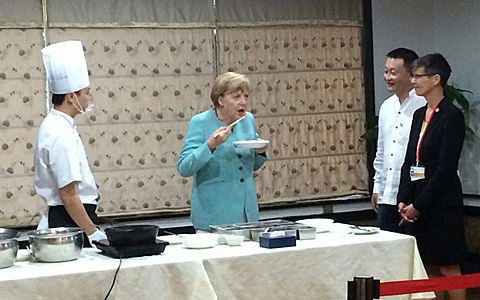










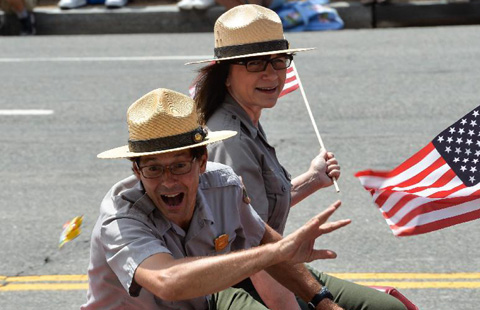




 Op Rana
Op Rana Berlin Fang
Berlin Fang Zhu Yuan
Zhu Yuan Huang Xiangyang
Huang Xiangyang Chen Weihua
Chen Weihua Liu Shinan
Liu Shinan